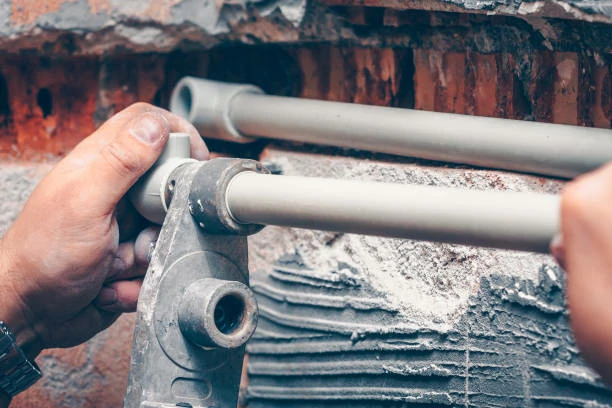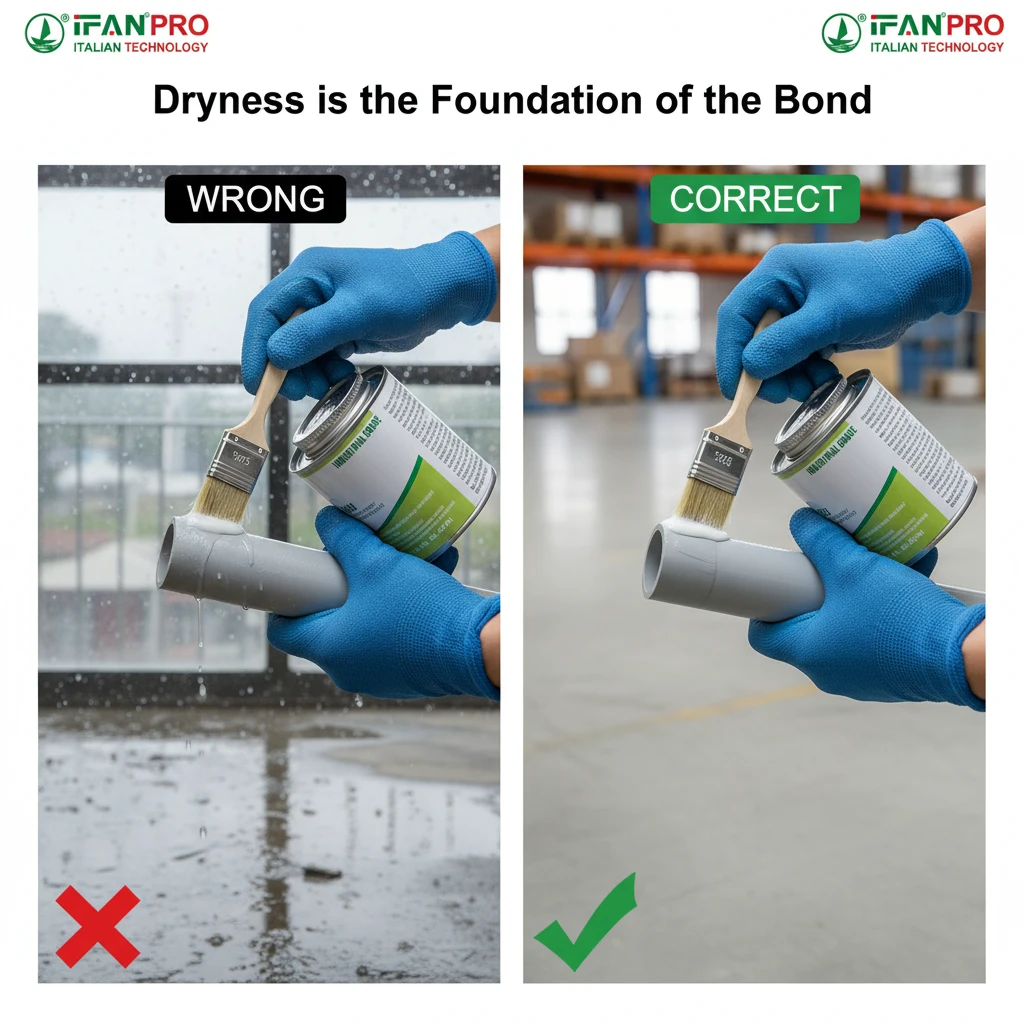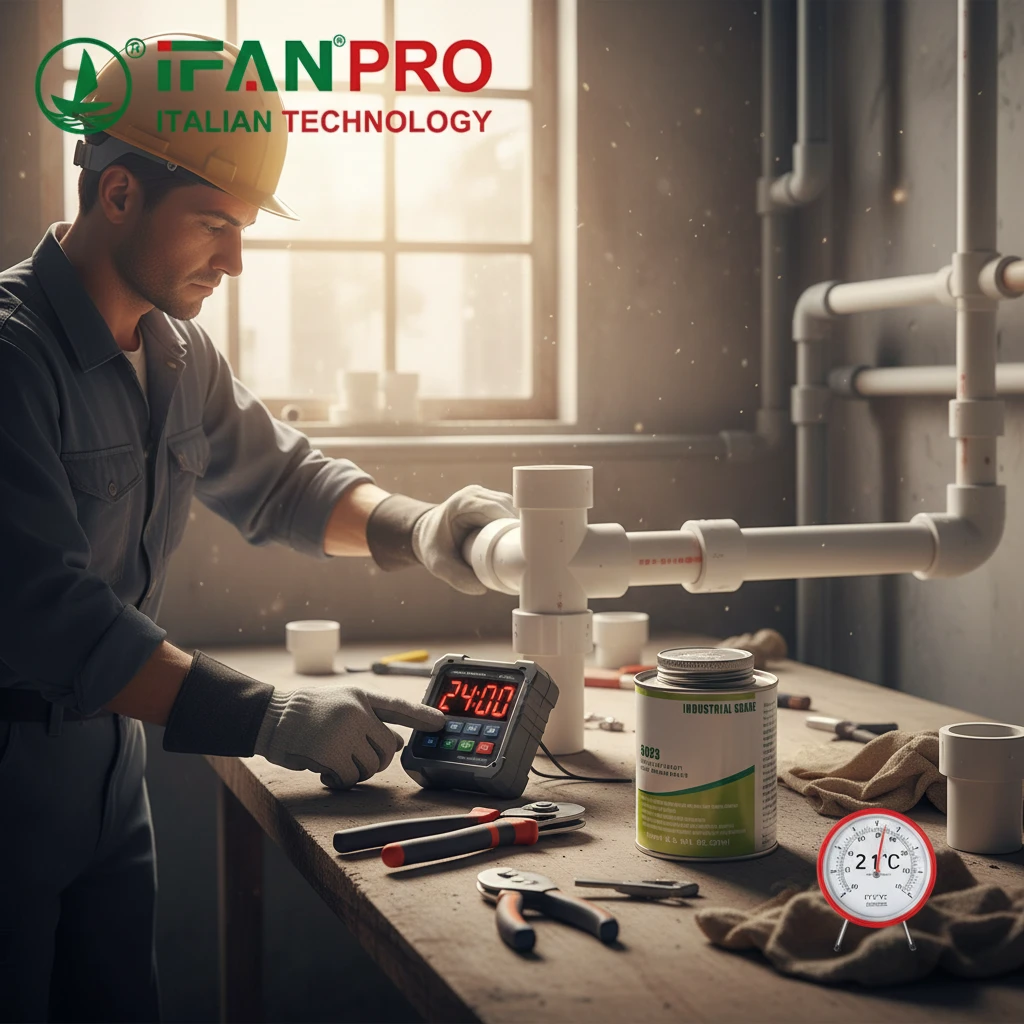1. Introducción
For B2B customers in construction, infrastructure, and utilities, choosing the right PPR pipes requires balancing upfront costs with long-term performance. This article explores how IFAN PPR pipes deliver superior cost-effectiveness through material innovation, manufacturing efficiency, and customized solutions.
2. Material Science: Durability Without Premium Costs
2.1 High-Purity Copolymer Blend
- Uses medical-grade polypropylene resin (ISO 10993 compliant)
- 3-layer structure: virgin PPR core + anti-UV outer layer + anti-scale inner layer
- Cost-saving benefit: 20% longer lifespan compared to standard PPR
2.2 Thermal Stability Engineering
- Operates at 95°C for 50 years (EN 12201-2 standard)
- Reduces replacement frequency by 30% in hot water systems
3. Manufacturing Efficiency: Factory-Direct Cost Savings
3.1 Vertical Integration Advantages
- In-house extrusion (5 production lines with 8,000 tons/month capacity)
- Eliminate distributor markups: Save 15-20% on bulk orders
- Case study: A Malaysian contractor saved $28,000 on a 100-unit project
3.2 Quality Control Cost Optimization
- Automated laser inspection (defect rate <0.03%)
- Reduces rework costs by 40% compared to manual processes
4. Performance Metrics: Return on Investment Analysis
4.1 Hydraulic Efficiency
- Smooth inner surface (Ra <0.2μm) reduces friction loss by 12%
- Saves energy costs in pumping systems
4.2 Corrosion Resistance
- Resists chemical attack from chlorinated water and acids
- Avoids costly pipe replacement in aggressive environments

5. Customization: Tailored Solutions for Cost Efficiency
5.1 Application-Specific Design
- Custom wall thickness for different pressure ratings
- Example: Agricultural irrigation systems use thinner walls (15% material cost reduction)
5.2 Joint System Options
- Choose between:
- Push-fit (fast installation, 30% labor savings)
- Socket welding (permanent joints for critical systems)
6. Total Cost of Ownership Comparison
| Factor | IFAN PPR | Competitor A | Competitor B |
|---|---|---|---|
| Initial Cost | $1.25/m | $1.00/m | $1.50/m |
| Maintenance Cost/year | $0.08/m | $0.15/m | $0.12/m |
| Lifespan | 50 years | 35 years | 45 years |
| Total Cost (50 years) | $1.65/m | $2.05/m | $2.12/m |
(Based on 110mm diameter pipe, 20 bar pressure rating)
7. IFAN’s Value-Added Services
7.1 Engineering Support
- Free CAD drawings and stress analysis
- Save 20% on project design costs
7.2 Logistics Optimization
- Containerized packaging reduces damage by 90%
- Direct factory-to-port shipping (China-Europe rail available)
8. Customer Testimonials
“IFAN’s customized PPR pipes for our wastewater project saved us $45,000 in material and installation costs compared to our previous supplier.”
— John Smith, Project Manager, Australian Water Authority
9. Conclusion: Why IFAN Delivers Unmatched ROI
IFAN PPR pipes achieve a 3:1 cost-performance ratio through:
- Material innovation reducing lifecycle costs
- Factory-direct pricing with premium quality
- Customization eliminating waste
- Technical support optimizing project efficiency
Visite ifanultra.com/ppr-pipes to download our ROI calculator and request a free sample kit. Partner with a manufacturer who understands your bottom line.













Comentarios recientes